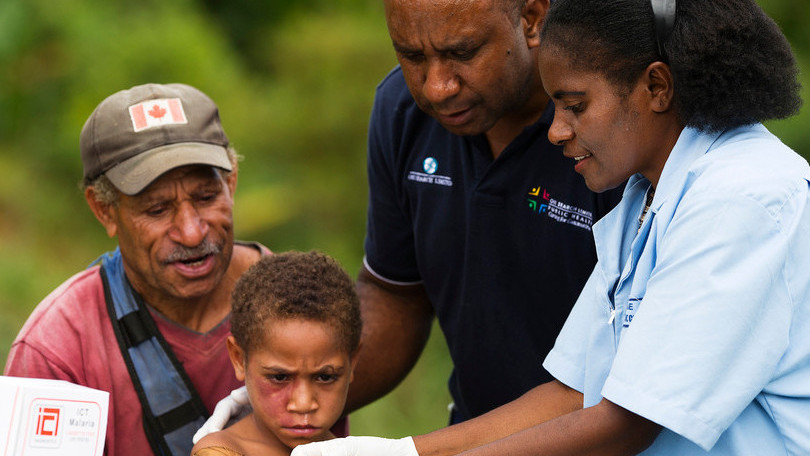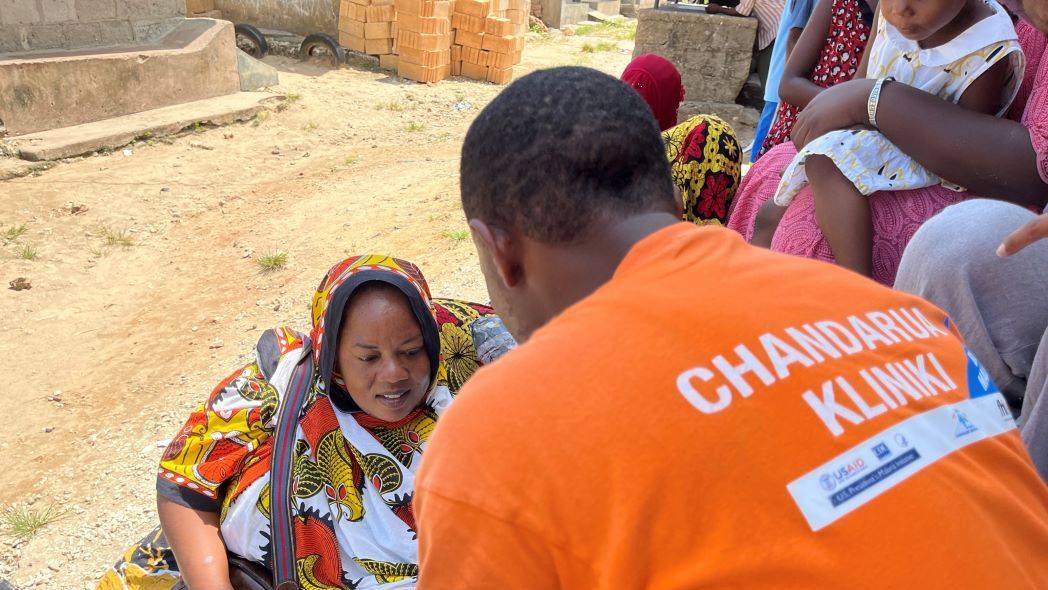Malaria Elimination
The malaria map is shrinking. In high burden areas malaria parasite prevalence has been reduced dramatically. Around 100 countries are now free from malaria. According to WHO estimates, malaria incidence (the rate of new malaria cases) fell by 37% between 2000 and 2015. In that same period, malaria death rates among populations at risk fell by 60% globally among all age groups and by 65% among children under 5.
But the gains in the fight against malaria are fragile and unevenly distributed. About 3.2 billion people – nearly half the world’s population – remain at risk. In 2015 alone, there were 214 million new cases of malaria and more than 400 000 malaria-related deaths.
Swiss TPH conducts research to control and eliminate malaria in different regions and supports countries in the development of national malaria elimination strategies.
Project Highlights

Controlling and Eliminating Malaria in Southeast Asia and Southwest Pacific
The objective of the International Center for Excellence in Malaria Research in Southeast Asia is to advance knowledge of how programmes to control malaria in Papua New Guinea and Solomon Islands affect the epidemiology, transmission and pathogenesis of malaria infection and morbidity. Research and capacity building activities of this programme will be useful to health officials and other stakeholders. Read more

Modelling the Impact of Interventions on Malaria in Zanzibar, Tanzania
A new malaria transmission model for Zanzibar distinguishes between imported, introduced, and indigenous cases to assess elimination prospects. Findings show imported cases sustain plateaued prevalence. By estimating transmission sources and evaluating intervention impact, the model provides valuable insights to guide public health strategies toward malaria elimination in Zanzibar and other affected regions worldwide. Read more
Further Related Projects
All ProjectsRelated Publications
All PublicationsCaminade C et al. Climate change and malaria control: a call to urgent action from Africa's frontlines. Malar J. 2025;24:179. DOI: 10.1186/s12936-025-05431-5
Fakih B.S et al. Determinants of locally acquired malaria infections in Zanzibar: a cross-sectional study. Malar J. 2025;24:346. DOI: 10.1186/s12936-025-05524-1
Galli A et al. Defining the noma research agenda. PLoS Negl Trop Dis. 2025;19(4):e0012940. DOI: 10.1371/journal.pntd.0012940
Golumbeanu M, Edi C.A.V, Hetzel M.W, Koepfli C, Nsanzabana C. Bridging the gap from molecular surveillance to programmatic decisions for malaria control and elimination. Am J Trop Med Hyg. 2025;112(1 Suppl.):35-47. DOI: 10.4269/ajtmh.22-0749
Lee T.T et al. Treatment-seeking for children with suspected severe malaria attending community health workers and primary health centres in Adamawa State, Nigeria. Int J Public Health. 2025;70:1607697. DOI: 10.3389/ijph.2025.1607697